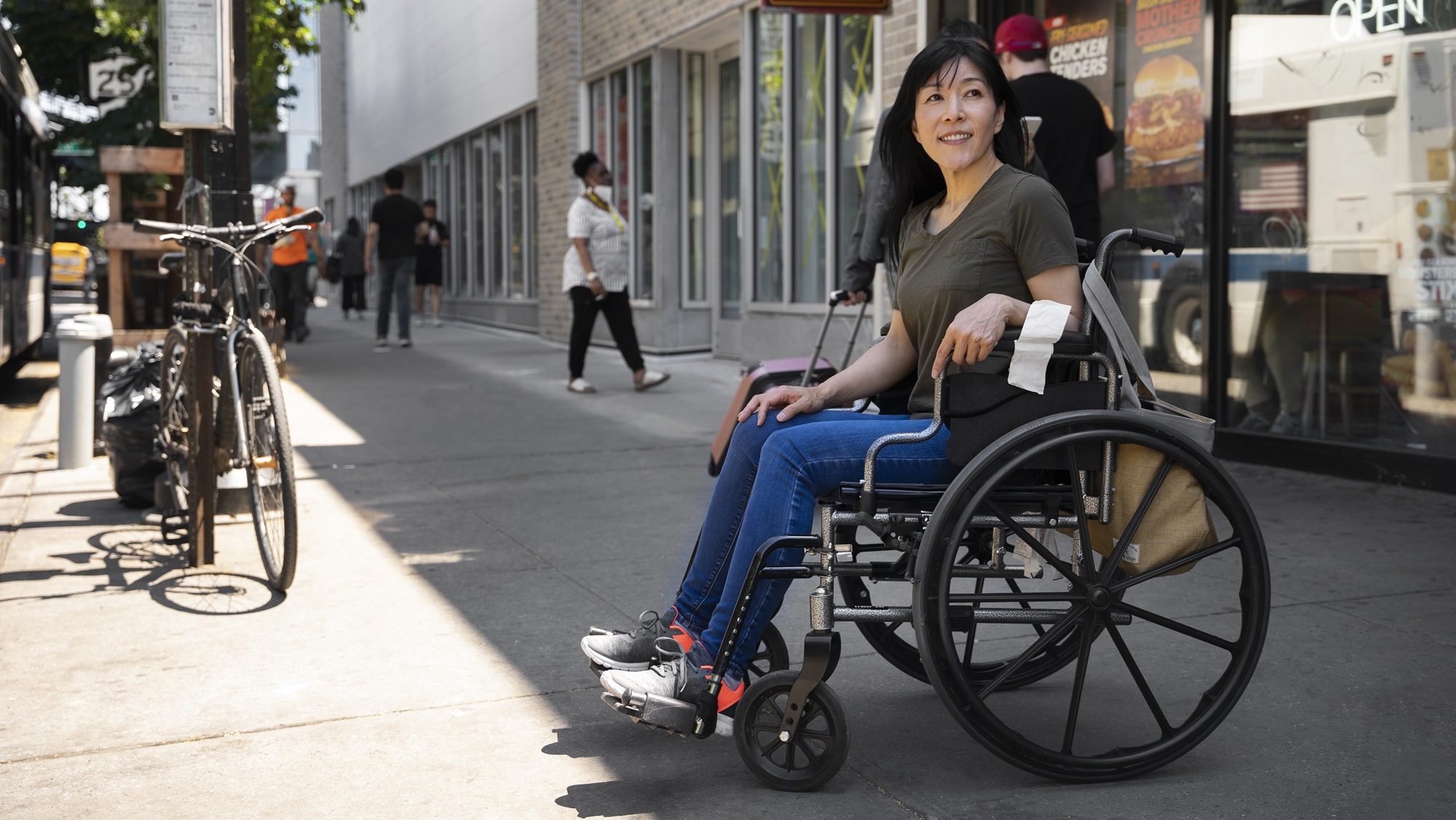SINGAPORE: Creatives in Singapore and around the globe are innovating to foster more inclusive communities.
The World Economic Forum (WEF) reports that over 1.3 billion people live with some form of disability, making up 17 per cent of the global population and the largest minority group worldwide.
WEF strives to close the disability inclusion gap by engaging 500 of the world’s largest companies to support individuals with disabilities.
Creating inclusive communities
Leading the charge are prominent CEOs such as Tim Cook from Apple, Sundar Pichai from Google, and Kenichiro Yoshida from Sony Group.
The forum adopts the United Nations’ social model of disability, which shifts the focus from individual impairments to societal barriers that hinder full participation in society.
In Singapore, Stuck Design, a local multidisciplinary firm, collaborated with SG Enable in 2022 to produce the Design Playbook for Inclusive Spaces.
SG Enable, the focal agency for disability and inclusion in Singapore, aims to enable those with disabilities to live, learn, work, and play in an inclusive society.
The playbook, developed through in-depth conversations and co-creation sessions with people with disabilities, caregivers, and businesses, provides insights for inclusive design.
Stuck Design’s co-founder, Tze Lee, emphasized that inclusive design goes beyond physical accessibility, considering the experience of the place for everyone.
He highlighted the importance of engaging companies to do a spatial scan of their existing spaces, based on the playbook principles and in partnership with people with disabilities to uncover more opportunities for inclusive design.
Four cases of inclusive design have been highlighted and published in the Straits Times:
Paralympian Theresa Goh’s renovated flat, designed by Charmaine Wong of Chalk Architects, features barrier-free environments and voice-activated electrical appliances.
The design focuses on the little details that make a difference for a wheelchair user, such as special kitchen shelving units and storage racks.
Sentosa’s Wheel Venture Accessibility Tour, conducted by Tribe Tours, is led by guides with disabilities and offers a five-hour tour designed for wheelchair users, including visits to key attractions such as Sentosa Nature Discovery, SkyHelix Sentosa, and UltraGolf at The Palawan @ Sentosa.
Ascott Limited, a global hospitality group, is making its properties more accessible and disability-friendly under its sustainability framework, Ascott Cares.
The group is collaborating with SG Enable to improve the stay experience for guests with disabilities, exploring features such as noise-reducing soft padding for guests with autism or hearing disabilities.
Haworth, a global furniture brand, introduced HushAccess work pods designed for wheelchair users and others with disabilities.
The free-standing acoustic pods offer a flexible alternative to built-in meeting rooms, with noise-reduction features and motion sensors for lighting and ventilation.
These initiatives demonstrate a growing commitment to inclusive design, ensuring that communities are accessible and welcoming to all.

